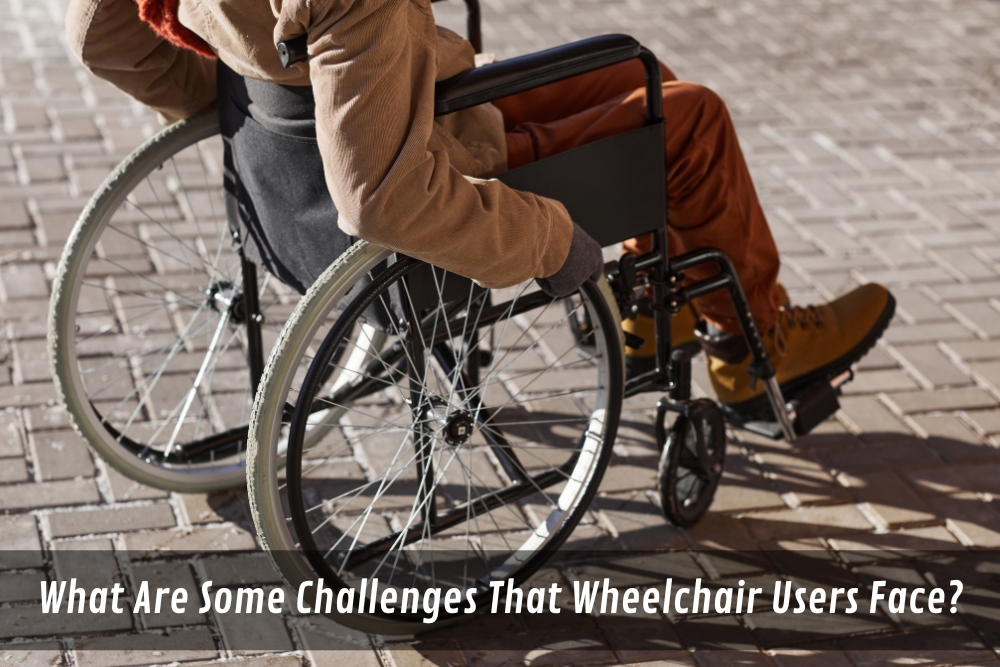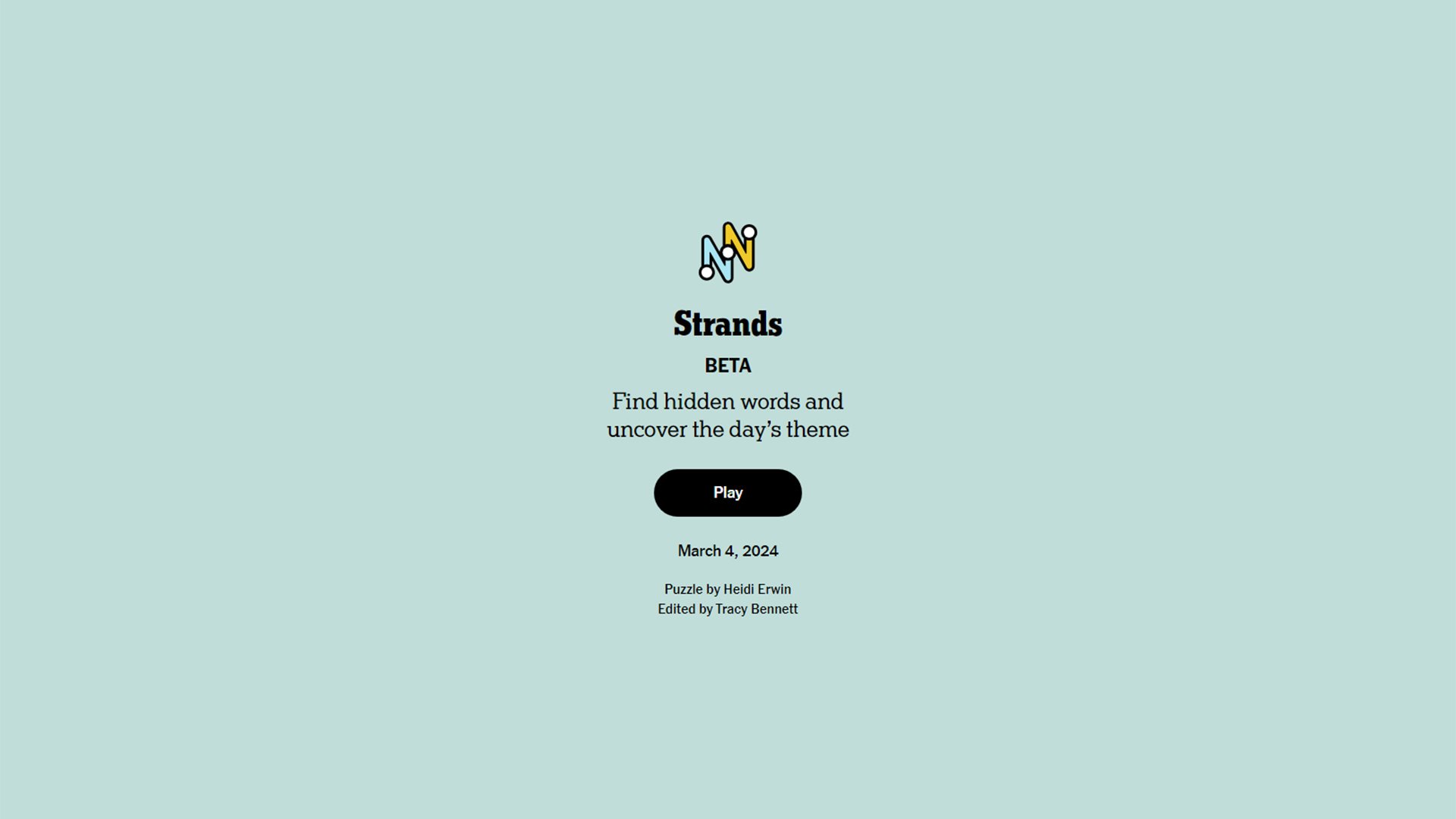Elizabeth Line: Gaps In Accessibility For Wheelchair Users And Solutions

Table of Contents
Challenges Faced by Wheelchair Users on the Elizabeth Line
While strides have been made, several accessibility issues persist, impacting the seamless journey of wheelchair users.
Station Accessibility
Many stations, while boasting step-free access, still present obstacles for wheelchair users. These include:
- Limited step-free access: Some stations lack sufficient step-free access routes, forcing wheelchair users to navigate stairs or challenging inclines.
- Narrow platforms and gaps between train and platform: The gap between the train and platform can be treacherous, especially for wheelchair users. Narrow platforms also hinder maneuvering, particularly during peak hours.
- Insufficient space for wheelchair maneuvering: Crowded platforms and narrow corridors make navigation difficult and stressful, especially with accompanying luggage or mobility aids.
- Lack of clear signage and wayfinding: Signage indicating accessible routes, lifts, and toilets is often unclear or insufficient, leading to confusion and delays.
- Specific station examples: Bond Street station's complex design poses significant navigational challenges for wheelchair users. Similarly, the layout of certain interchange stations can be confusing and inaccessible.
Train Accessibility
Even when reaching the platform, challenges persist onboard the trains:
- Limited wheelchair spaces: The number of designated wheelchair spaces on some trains is inadequate, particularly during peak travel times.
- Difficulty boarding and alighting: The height difference between the train floor and the platform can make boarding and alighting challenging, requiring assistance and potentially causing delays.
- Insufficient space for wheelchair users with accompanying luggage: Limited space makes it difficult for wheelchair users to store luggage safely and comfortably.
- Lack of accessible toilets on trains: The absence of accessible toilets on trains creates significant difficulties for wheelchair users on longer journeys.
- Space limitations: Insufficient space for wheelchair users with mobility aids in designated areas can lead to discomfort and safety concerns.
Information and Communication
A lack of clear and accessible information further exacerbates the challenges:
- Inadequate real-time information: Real-time information regarding accessibility issues, such as lift outages or platform closures, is often lacking or unreliable.
- Insufficient communication channels for reporting accessibility problems: Reporting accessibility problems can be cumbersome, with limited avenues for feedback and resolution.
- Lack of staff training on assisting wheelchair users: Insufficient training for staff on assisting wheelchair users can lead to inadequate support and potentially frustrating experiences.
- App improvements: The Elizabeth Line app could be significantly improved with real-time accessibility information for each station, including lift status and platform crowding.
Proposed Solutions to Improve Elizabeth Line Accessibility
Addressing the accessibility gaps requires a multi-pronged approach encompassing infrastructural improvements, train modifications, and enhanced communication strategies.
Infrastructure Improvements
Significant infrastructure upgrades are necessary to ensure a seamless journey:
- Additional lifts and ramps: Installing additional lifts and ramps at all stations lacking step-free access is crucial.
- Wider platforms and platform gap closure: Widening platforms and implementing gap-filling mechanisms will improve safety and ease of boarding.
- Spacious maneuvering areas: Creating more spacious areas for wheelchair users to maneuver, particularly near lifts and ticket gates, is essential.
- Tactile paving: Implementing tactile paving for visually impaired wheelchair users will enhance safety and independence.
- Ramp installation: All stations currently lacking step-free access should prioritize the installation of ramps, meeting accessibility standards.
Train Modifications
Addressing accessibility issues within the trains themselves is paramount:
- Increased wheelchair spaces: Increasing the number of designated wheelchair spaces on all trains is crucial to meet demand.
- Adjustable boarding ramps: Implementing adjustable boarding ramps will significantly reduce the difficulty of boarding and alighting.
- Increased space for luggage: Providing sufficient space for wheelchair users and their luggage will enhance comfort and convenience.
- Accessible toilets: Installing accessible toilets on all trains is essential for longer journeys.
- Ramp standardization: Equipping all trains with ramps suitable for a wider range of wheelchairs will ensure inclusivity.
Improved Communication and Training
Effective communication and staff training are vital components of improved accessibility:
- User-friendly app: Developing a user-friendly app with real-time accessibility information is crucial.
- Dedicated communication channel: Establishing a dedicated communication channel for reporting accessibility issues ensures prompt resolution.
- Comprehensive staff training: Providing comprehensive training for staff on assisting wheelchair users is paramount.
- Dedicated helpline: Introducing a dedicated helpline for wheelchair user queries will provide direct support and assistance.
Conclusion
The Elizabeth Line offers a significant advancement for London's transport, but achieving true inclusivity requires concerted effort to improve Elizabeth Line accessibility for wheelchair users. By investing in the proposed solutions—infrastructural upgrades, train modifications, and enhanced communication—Transport for London can create a truly inclusive travel experience. Let's work together to advocate for and implement these crucial improvements, making the Elizabeth Line a model of accessible public transport for all.

Featured Posts
-
 Unlocking The Nyt Strands Puzzle April 9 2025 Walkthrough
May 10, 2025
Unlocking The Nyt Strands Puzzle April 9 2025 Walkthrough
May 10, 2025 -
 Double The Streams Beyonces Cowboy Carter Post Tour Success
May 10, 2025
Double The Streams Beyonces Cowboy Carter Post Tour Success
May 10, 2025 -
 A Look At Elizabeth Stewart And Lilysilks Collaborative Spring Line
May 10, 2025
A Look At Elizabeth Stewart And Lilysilks Collaborative Spring Line
May 10, 2025 -
 Elizabeth City Police Investigate String Of Car Break Ins At Apartment Complexes
May 10, 2025
Elizabeth City Police Investigate String Of Car Break Ins At Apartment Complexes
May 10, 2025 -
 Extracting Meaning From Mundane Data An Ai Poop Podcast
May 10, 2025
Extracting Meaning From Mundane Data An Ai Poop Podcast
May 10, 2025
